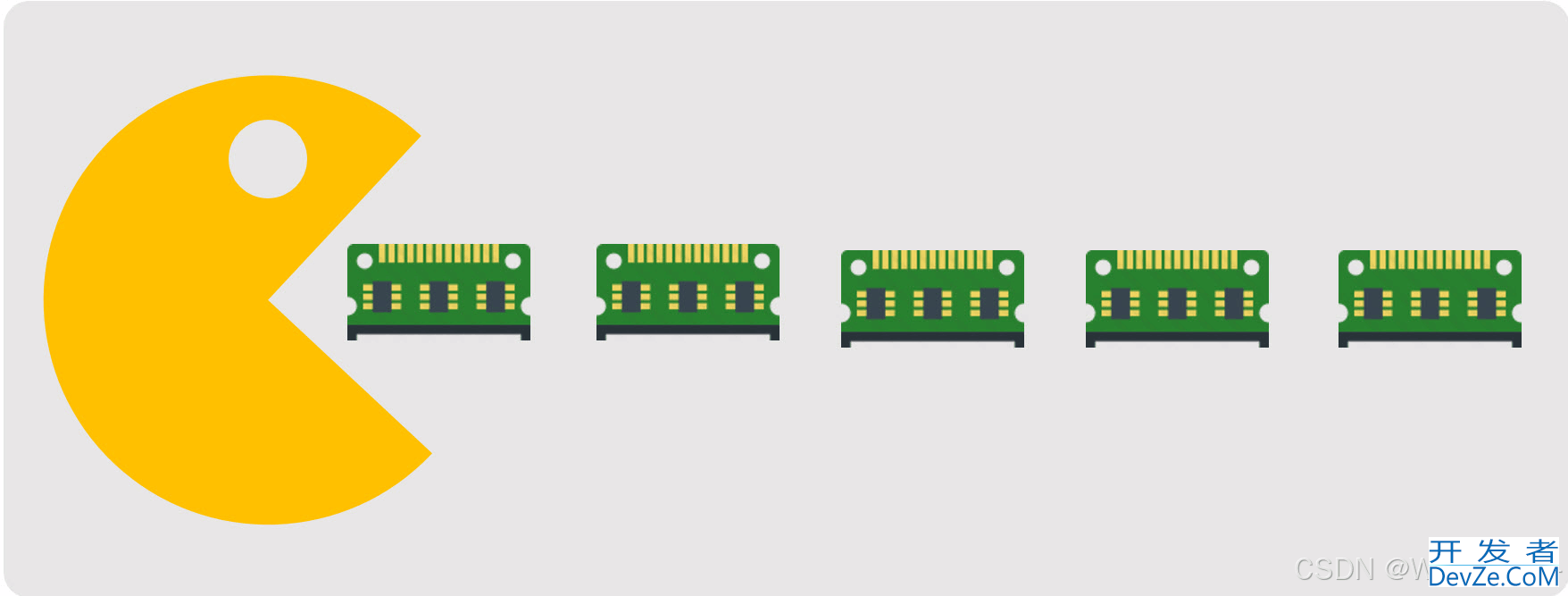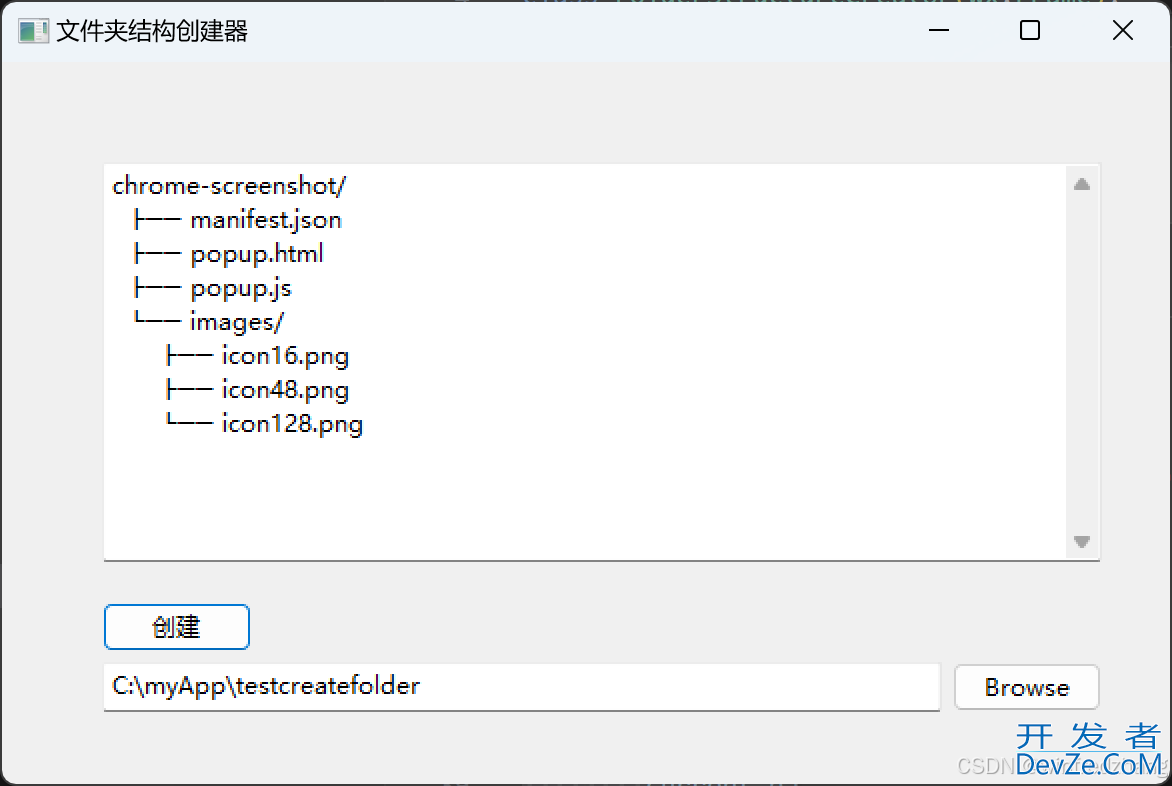目录
- Springboot封装发送post请求工具类
- Springboot封装好的发送http请求的工具类代码
- 再附带一个我使用的Response类
- 普通的发送http请求的工具类
- 总结
Springboot封装发送post请求工具类
Springboot封装好的发送http请求的工具类代码
(最下面有普通的工具类):
public static Response sendPostRequest(String url, Map<String, Object> params){
RestTemplate client = new RestTemplate();
HttpHeaders headers = new HttpHeaders();
HttpMethod method = HttpMethod.POST;
// 以什么方式提交,自行选择,一般使用json,或者表单
headers.setContentType(MediaType.APPLICATION_JSON_UTF8);
//将请求头部和参数合成一个请求
HttpEntity<Map<String, Object>> requestEntity = new HttpEntity<>(params, headers);
//执行HTTP请求,将返回的结构使用Response类格式化
ResponseEntity<Response> response = client.exchange(url, method, requestEntity, Response.class);
return response.getBody();
}
再附带一个我使用的Response类
/**
* @author peter
* @version 1.0
* @title Response
*/
pandroidublic class Response<T> implements Serializable {
public void setSuccess(boolean success) {
this.success = success;
}
private boolean success;
private T result;
private String errorCode;
private String errorMsg;
public Response() {
}
public Response(T result) {
this.success = true;
this.result = result;
}
public Response(boolean flag, T result) {
if (flag) {
this.success = true;
this.result = result;
} else {
this.success = false;
this.errorCode = (String) result;
}
}
public Response(String errorCode) {
this.success = false;
this.errorCode = errorCode;
}
public Response(String errorCode, String errorMsg) {
this.success = false;
this.errorCode = errorCode;
this.errorMsg = errorMsg;
}
public boolean isSuccess() {
return this.success;
}
public T getResult() {
return this.result;
}
public void setResult(T result) {
this.success = true;
this.result = result;
}
public String getErrorCode() {
return this.errorCode;
}
public void setErrorCode(String errorCode) {
this.success = false;
this.errorCode = errorCode;
}
public String getErrorMsg() {
return this.errorMsg;
}
public void setErrorMsg(String errorMsg) {
this.errorMsg = errorMsg;
}
@Override
public boolean equals(Object o) {
if (this == o) {
return true;
} else if (o != null && this.getClass() == o.getClass()) {
Response response = (Response) o;
boolean isErrorCode = !this.errorCode.equals(response.errorCode) ? false : this.result.equals(response.result);
return this.success != response.success ? false : (isErrorCode);
} else {
return false;
}
}
@Override
public int hashCode() {
int result1 = this.success ? 1 : 0;
result1 = 31 * result1 + this.result.hashCode();
result1 = 31 * result1 + this.errorCode.hashCode();
return result1;
}
@Override
public String toString() {
return "Response{" +
"success=" + success +
", result=" + result +
", errorCode='" + errorCode + '\'' +
", errorMsg='" + errorMsg + '\'' +
'}';
}
}
普通的发送http请求的工具类
import com.zhang.railway.common.Response;
import org.springframework.http.*;
import org.springframework.web.client.RestTemplate;
import Java.io.*;
import java.net.URL;
import java.net.URLConnection;
import java.util.List;
import java.util.Map;
public class HttpUtil {
/**
* 向指定URL发送GET方法的请求
*
* @param url
* 发送请求的URL
* @param
* @return URL 所代表远程资源的响应结果
*/
public static S编程客栈tring sendGet(String upythonrl) {
String result = "";
BufferedReader in = null;
try {
URL realUrl = new URL(url);
// 打开和URL之间的连接
URLConnection connection = realUrl.openConnection();
// 设置通用的请求属性
connection.setRequestProperty("Content-Type","application/json");
connection.setRequestProperty("accept", "*/*");
connection.setRequestProperty("connection", "Keep-Alive");
connection.setRequestProperty("user-agent",
"Mozilla/4.0 (compatible; MSIE 6.0; Windows NT 5.1;SV1)");
// 建立实际的连接
connection.connect();
// 获取所有响应头字段
Map<String, List<String>> map = connection.getHeaderFields();
// 遍历所有的响应头字段
// for (String key : map.keySet()) {
// System.out.println(key + "--->" + map.get(key));
// }
// 定义 BufferedReader输入流来读取URL的响应
in = new BufferedReader(new InputStreamReader(
connection.getInputStream()));
String line;
while ((line = in.readLine()) != null) {
result += line;
}
} catch (Exception e) {
System.out.println("发送GET请求出现异常!" + e);
e.printStackTrace();
}
// 使用finally块来关闭输入流
finally {
try {
if (in != null) {
in.close();
}
} catch (Exception e2) {
e2.printStackTrace();
}
}
return result;
}
/**
* 向指定 URL 发送POST方法的请求
*
* @param url
* 发送请求的 URL
* @param param
* 请求参数,请求参数应该是 name1=value1&name2=value2 的形式。
* @return 所代表远程资源的响应结果
*/
public static String sendPost(String url, String param) {
PrintWriter out = null;
BufferedReader in = null;
String result = "";
try {
URL realUrl = new URL(url);
// 打开和URL之间的连接
URLConnection conn = realUrl.openConnection();
// 设置通用的请求属性
conn.setRequestProperty("accept", "*/*");
conn.setRequestProperty("connection", "Keep-Alive");
conn.setRequestProperty("user-agent",
"Mozilla/4.0 (compatible; MSIE 6.0; Windows NT 5.1;SV1)");
// 发送POST请求必须设置如下两行
conn.setDoOutput(true);
conn.setDoInput(true);
// 获取URLConnection对象对应的编程客栈输出流
out = new PrintWriter(conn.getOutputStream());
// 发送请求参数
out.print(param);
// flush输出流的缓冲
out.flush();
// 定义BufferedReader输入流来读取URL的响应
in = new BufferedReader(
new InputStreamReader(conn.getInputStream()));
String line编程客栈;
while ((line = in.readLine()) != null) {
result += line;
}
} catch (Exception e) {
System.out.println("发送 POST 请求出现异常!"+e);
e.printStackTrace();
}
//使用finally块来关闭输出流、输入流
finally{
try{
if(out!=null){
out.close();
}
if(in!=null){
in.close();
}
}
catch(IOException ex){
ex.printStackTrace();
}
}
return result;
}
}
总结
以上为个人经验,希望能给大家一个参考,也希望大家多多支持编程客栈(www.devze.com)。









 加载中,请稍侯......
加载中,请稍侯......
精彩评论